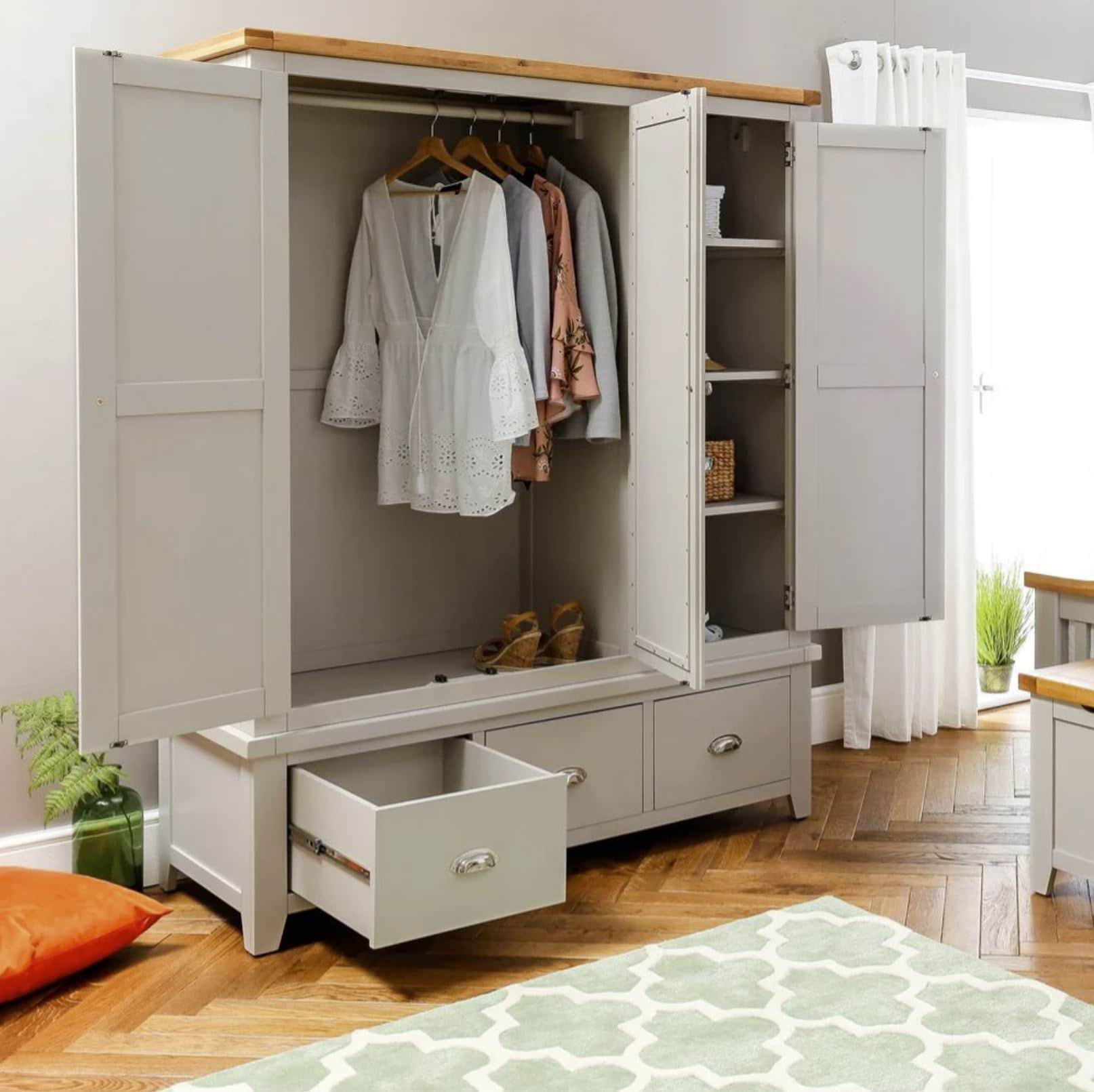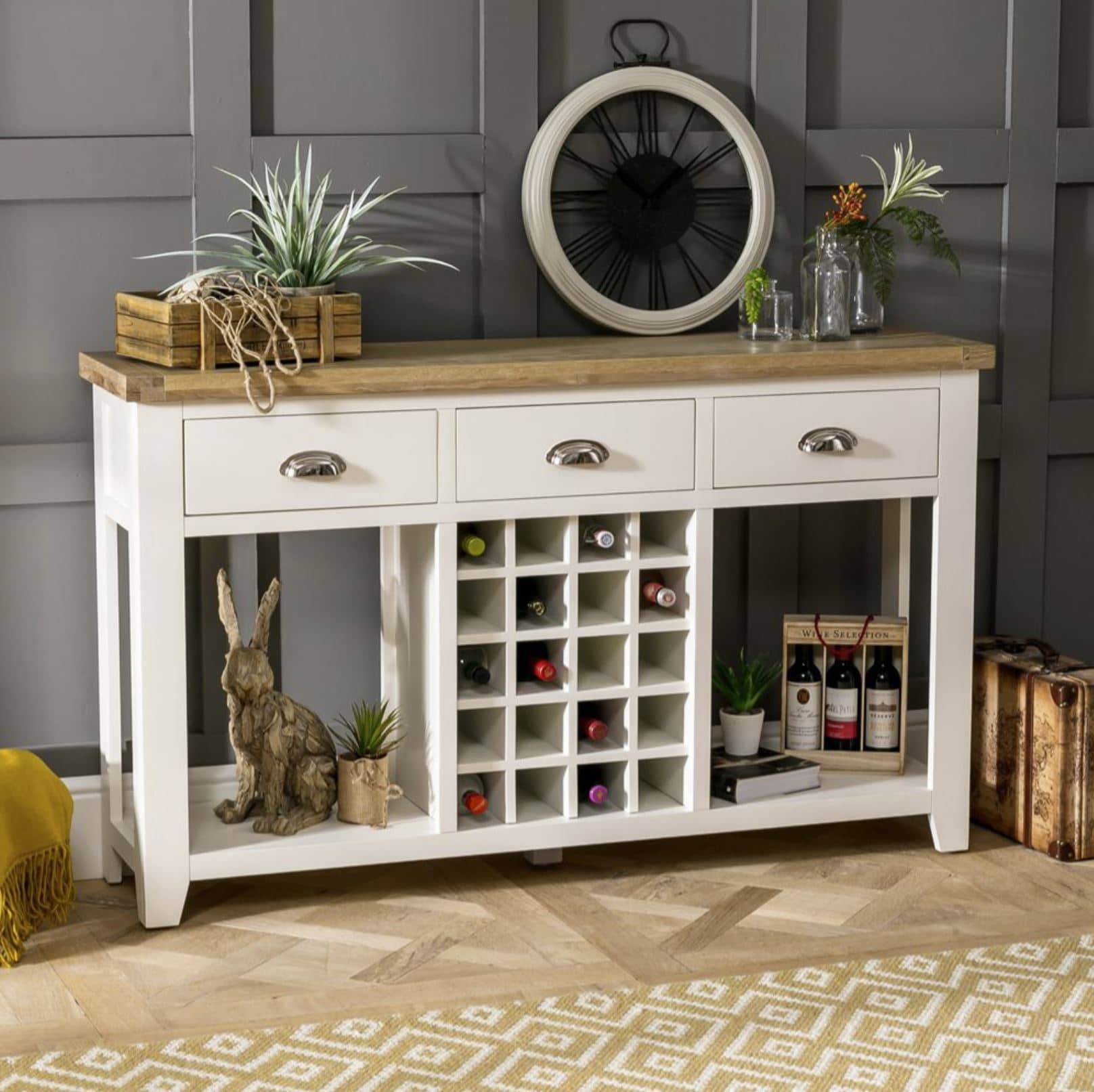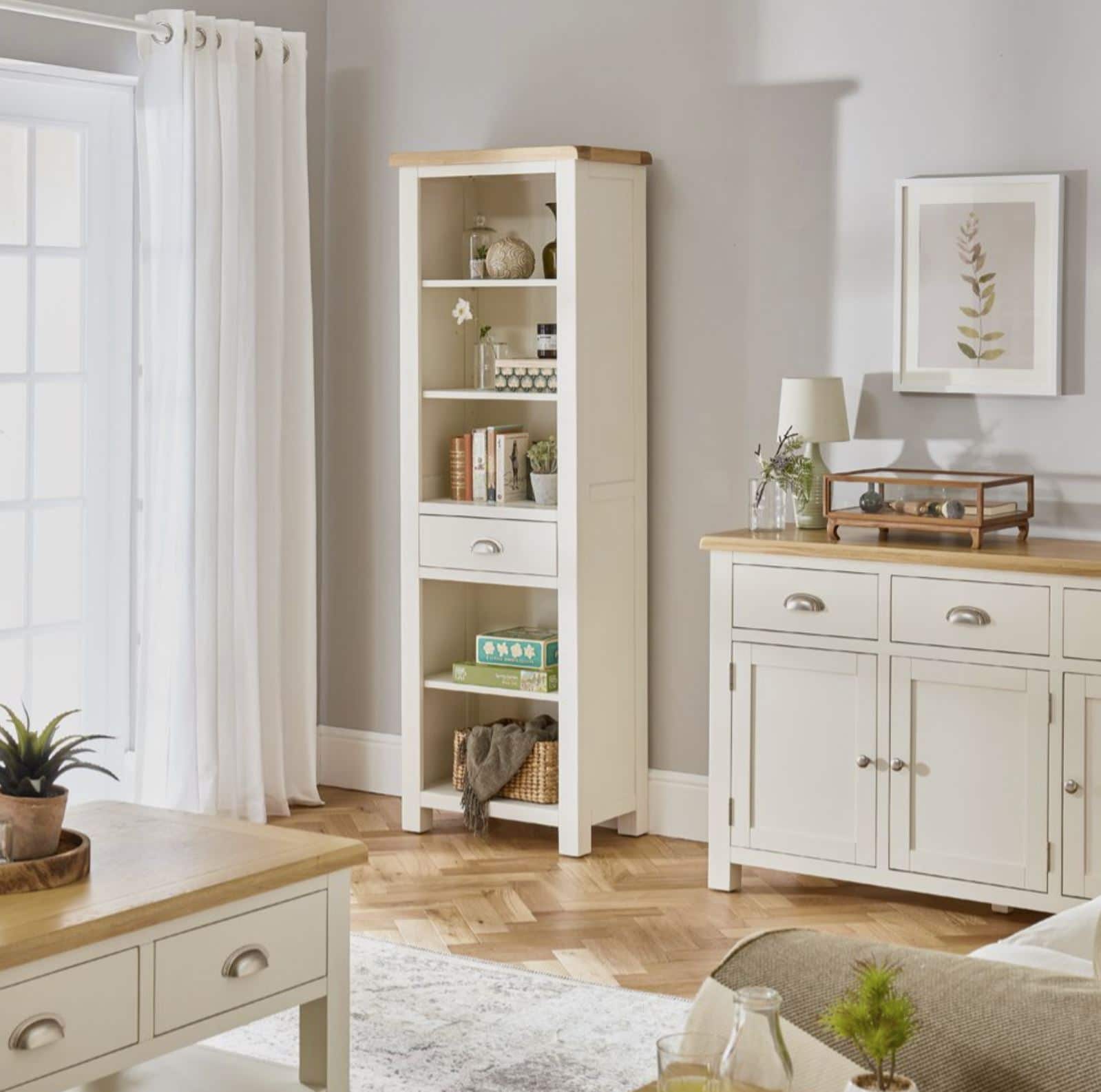5 Best Geometric Tiles
- By Alicia Newman
- Interior Design Ideas
- views
2015 is all about the unique visual style and colour of geometric tiling. Wall and floor tiles have long been a popular design choice throughout interior history and were a great way of adding a versatile and durable print or pattern to an otherwise plain area.
From rich and glamorous 1920s designs to more funky and modern psychedelic styles, let’s take a journey through the history with the 5 best geometric tile designs that will transform your home from bland to beautiful.
Spanish Tiles
During the Medieval period and particularly around the 8th century, ceramics were extensively produced in the coastal regions of Spain. Specialist and artisan tile designs were produced as bespoke projects for many churches and palaces during this period and the trend for these detailed and colourful designs eventually passed into the homes of the Spanish people for use in kitchens, bathrooms and patio areas. Bold geometric prints were made in vibrant Mediterranean colours such as yellow, red, blue and white and were sealed with a milky white glaze that gave the tiles a distinctive glossy finish. These tiles are known as ‘Mayolica’ or ‘Talavera’, named after one of the largest areas of ceramic production in the country Talavera de la Reina in Castilla de la Mancha. These days’ Spanish tiles are still as popular as ever in kitchens and bathrooms and are particularly striking on hallway walls and floors as a colourful entrance point into the home.
Victorian
During the Victorian period geometric tiles were used in a vast array of stately homes and public buildings. Due to the industrial revolution in Great Britain tiles began to be mass produced making them a popular choice for wall and floor decor. The influence in the style of the tiles from this period is said to have come from the hand painted designs of Holland that were imported by the wealthier classes in and around the mid 18th century. British ceramic companies began to reproduce these styles on a larger and cheaper scale and therefore they became a noticeable feature in both royal and everyday homes. Colourful star and triangle shapes were popular during the Victorian period but perhaps the most recognisable design is the simple black and white diamond shaped formation that can still be found in the majority of Victorian buildings today.
Art Nouveau
The Art Nouveau period ran from 1890 to 1910 and was an incredibly artistic period for interior design and the ceramics industry. After the technological advances of the industrial revolution and the rise of the British Empire the country began to produce some of the boldest and brightest tile designs that are firmly rooted in the artistic history of the UK. The Art Nouveau period saw an array of tile designs that changed in appearance depending on the artist themselves. Many featured gothic and classical elements as well as more floral and natural designs such as those made by Charles Rennie Mackintosh. One thing is certain; these tiles were extremely bold and extremely colourful. Out went the monochrome designs of the Victorians and instead tiles took on fresh botanical colours with abstract floral designs or deep and rich purple and red for more gothic style shapes and prints.
Art Deco
Tiles from the Art Deco Period 1908 to 1935 are considered to be some of the most elegant and classically beautiful designs that have ever been created. While Art Deco interiors adopted a ‘less is more’ attitude to design, the tiles from this period contain eye-catching elements that are made all the more prominent by the simplicity of their design. Abstract forms of squares, triangles and circles were a dominant geometric design of this period and the colours were kept to a single tone or no more than 3 complimenting colours that sat within a monochrome, neutral or botanical palette. Some of the most prominent and familiar designs of this period featured abstract, geometric patterns of black and white with inlays of gold or silver that gave a glistening finish to any wall or floor area. These style of tiles are most often seen in some of the most glamorous and influential Art Deco buildings in the UK such as The Savoy Hotel in London.
Contemporary
For the purpose of this blog I am classing anything after the 1940s as contemporary, while many people may class this time as ‘retro’ or ‘vintage’ it is fair to say that in the world of tiles, designs have not changed all that much over the past 70 years. During the 1950s and 60s in particular tiles became popular in kitchen and bathroom interiors and their designs were simple, yet their colours striking. Simple triangles and squares were displayed in linear formations and their colour tones were more often than not from a pastel colour palette or ‘bubblegum’ as it came to be known. As homes moved into the 1970s and 80s designs moved into more circular or hexagonal shapes and the colour palette shifted into more earthen orange, yellow and beige tones that were a signature look of this period. Today tiling has become more minimal in design with simple ‘brick’ shaped prints and feature square and geometric 3D designs that give visual texture to the wall. Contemporary homes embrace a single colour tile design in simple white, black or bold purple and red or many have gone back to a bolder ‘retro’ feel that works well in minimal home interiors.
For more geometric tile designs and ideas, head over to our latest Pinterest board - Pinterest - Geometric Tiles where you will find an array of historic and contemporary styles.











